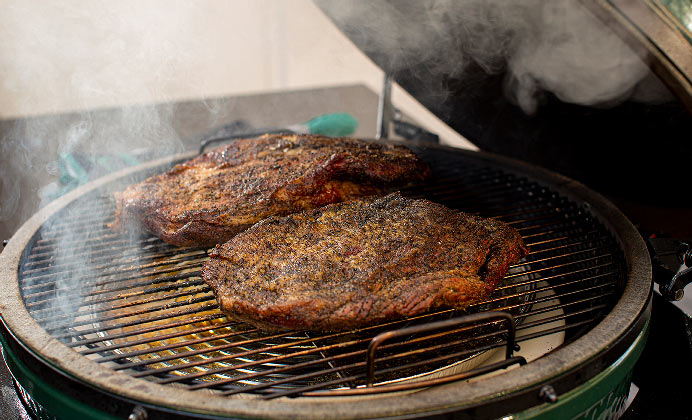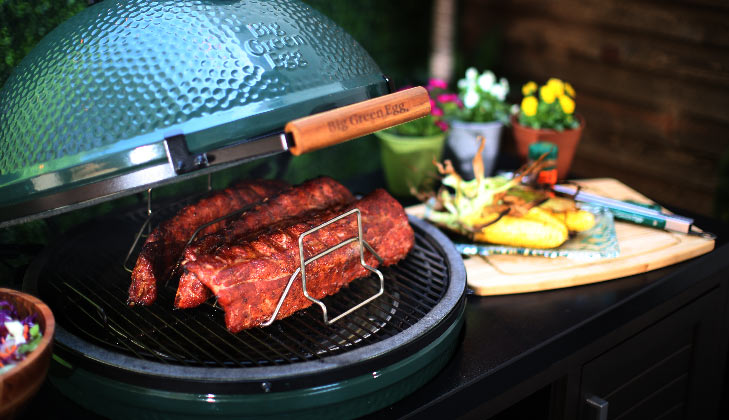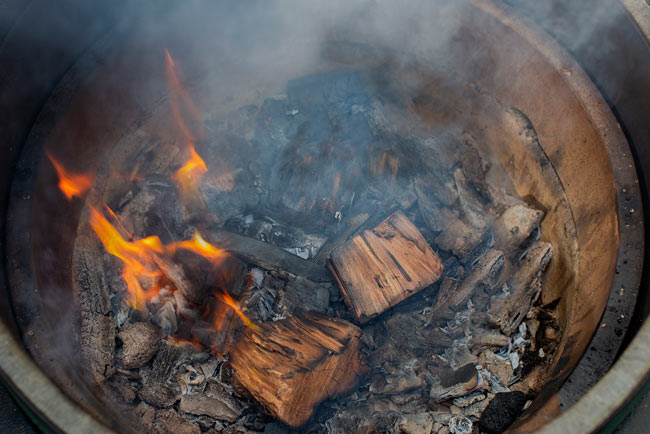Cooking slowly over low heat infused with wood smoke is what smoking – and what some call “real barbecue” – is all about. The smoking process exposes food to aromatic wood smoke to preserve the meat or add flavor. Cooking “low and slow” is a way to break down connective tissue and tenderize tough (and typically less expensive) cuts of meat like beef brisket, pork shoulder, pork butts, and spare ribs.
For smoking these kinds of foods, cooking times are measured in hours rather than minutes. But boy, is it worth it! The result is succulent, fall-off-the-bone tenderness with the tangy, complex combination of spices, smoke, and natural meat flavors-exactly like pit barbecue.
Of course, you can also smoke other types of foods that do not fit the standard profile. Fish, turkey, nuts, vegetables, and even cheeses do not need to be tenderized with slow cooking, but they taste even better when kissed with the essence of wood smoke.


True smoking temperatures generally range from 225° to 275°F. Once you get the hang of it, it’s a piece of cake to adjust the draft openings to set the proper temperature. But unlike a true pit master, who must work hard to maintain those low temperatures steadily throughout the extended cooking period, an EGG can retain heat at precise temperatures for sixteen to eighteen hours or more on a single fill of natural lump charcoal.
Providing a subtle ingredient to your favorite recipes, aromatic wood smoke delicately seasons food as it cooks. Because each wood imparts different flavoring to various types of meat or food, the combinations are endless. You’ll have fun trying all the wood flavors – discovering which add a stronger flavor and work well with hearty cuts, and which are best paired with milder flavored meats, fish or vegetables.
